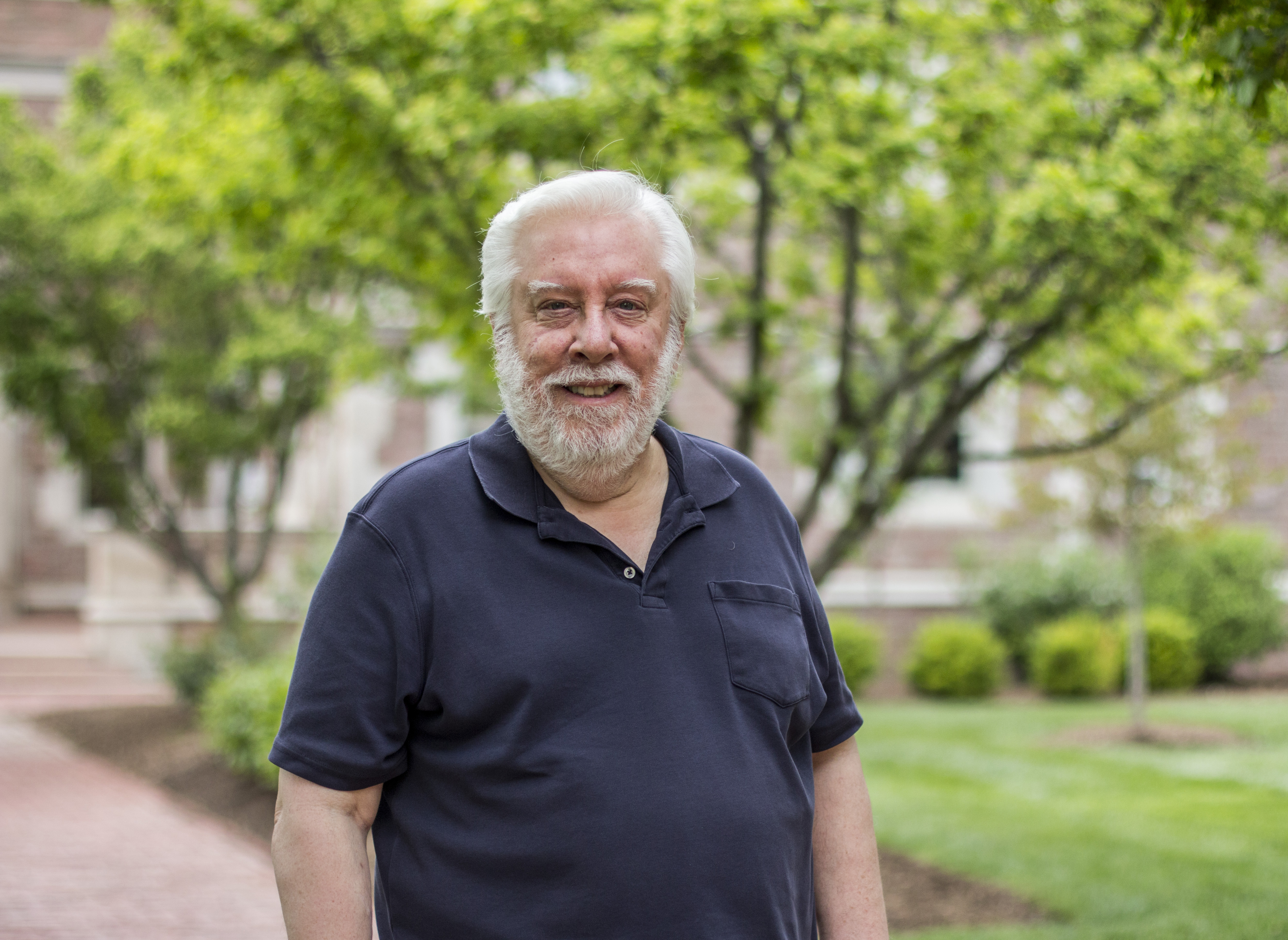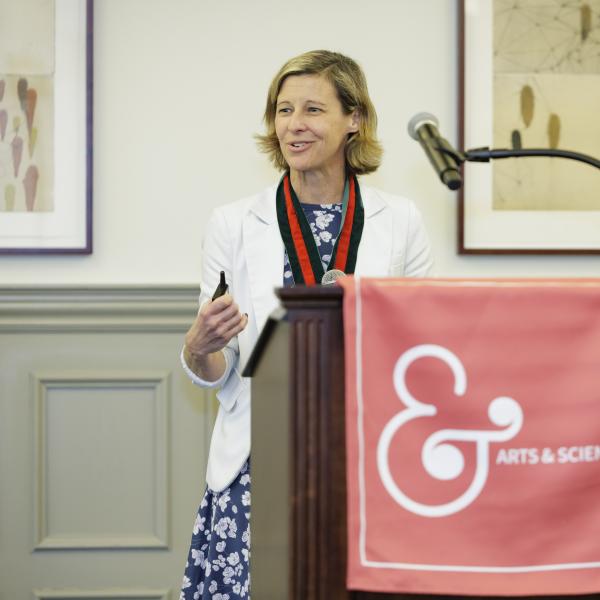Relive Rich Smith's popular lecture "Population, Politics, and the Environment."
"We are continuous in time with our ancestors (both humans and earlier ancestors) and our descendants. The present is just a moment in time, continuous and no more special than any other time."
In 2007, students and alumni from across Arts & Sciences gathered to hear Richard Smith, the Ralph E. Morrow Distinguished University Professor, give the final lecture to his course "Introduction to Human Evolution." In the hour-long lecture, Smith explores projections for human population growth, the outsized impact that Americans have on the environment, why students should be skeptical about the idea of "proof" in discussions about environmental effects, and more.

Professor Smith came to Washington University in 1984 and joined the Department of Anthropology in 1991. In his research, he is interested in examining the ways in which paleoanthropologists attempt to explain the origin of unique human traits, particularly the origin of bipedalism. From 2008-14, he served as dean of the Graduate School of Arts & Sciences.
Looking back to this moment in the classroom, there are a few things that Smith hopes his former students remember. "First, I hope students retained an understanding of how science works," he says. "I wanted students to understand the objective, factual nature of scientific knowledge, and that all “opinions” about scientific issues are not equal."
In addition, Smith hopes students have held onto "some appreciation for the fact that humans are continuous with other life on earth, in both time and space."
"We can understand some of our features and behaviors because we are vertebrates, we are mammals, and we are primates," Smith explains. "We are continuous in time with our ancestors (both humans and earlier ancestors) and our descendants. The present is just a moment in time, continuous and no more special than any other time."



